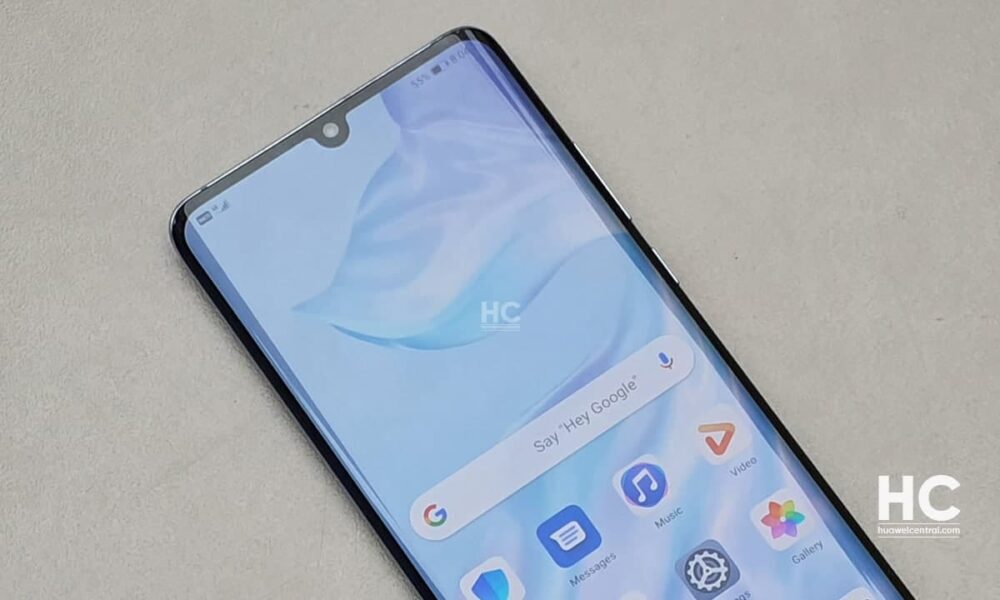lilies
The Living Force
How to sharpen your vision and dramatically increase color depth perception in the Summer
Our young apricot tree is weighed down by ripening fruit so much, that it began cracking in two in the middle. We had to prop the branches up in order to prevent the tree completely being torn in two.
I looked up the nutrient content of apricots and its pretty heavy in eye-strengthening substances: surprisingly familiar ones that eyesight-improving supplements are advertised with.
Maybe why some original "fruitarians" started their movement:
I would like to emphasize here that I think some of us can feel the literal life-force present in freshly picked fruit. It might be emphasized if you dip the freshly picked fruit/grape immediately in a bucket of cold water and eat the fruit from there. It feels mightily nourishing.
My favorite childhood fruits were cherry, apricot and large grapes. This is easily the third day that I'm stuffing myself with apricots - ~30 fruits / day and today I noticed when I came in from outside and sat down before the computer my marked sharpness of vision and also the noticeable increase of color depth perception. Colors suddenly jumped out of the screen!!
Our young apricot tree is weighed down by ripening fruit so much, that it began cracking in two in the middle. We had to prop the branches up in order to prevent the tree completely being torn in two.
I looked up the nutrient content of apricots and its pretty heavy in eye-strengthening substances: surprisingly familiar ones that eyesight-improving supplements are advertised with.
Maybe why some original "fruitarians" started their movement:
I would like to emphasize here that I think some of us can feel the literal life-force present in freshly picked fruit. It might be emphasized if you dip the freshly picked fruit/grape immediately in a bucket of cold water and eat the fruit from there. It feels mightily nourishing.
My favorite childhood fruits were cherry, apricot and large grapes. This is easily the third day that I'm stuffing myself with apricots - ~30 fruits / day and today I noticed when I came in from outside and sat down before the computer my marked sharpness of vision and also the noticeable increase of color depth perception. Colors suddenly jumped out of the screen!!



